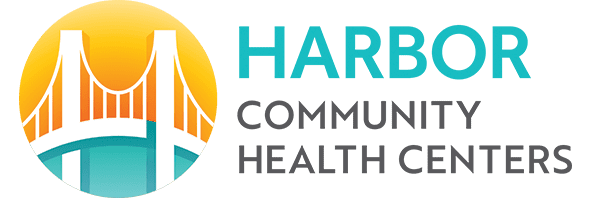
The Differences Between Type 1 and Type 2 Diabetes

Nearly 38 million Americans have diabetes, including nearly 9 million people who haven’t been diagnosed with the condition yet. That means everyone is at an increased risk of serious complications, including kidney damage, cognitive decline, and blindness.
There are two primary types of diabetes — type 1 and type 2 — and while they share a name, they differ significantly in their cause and their management. Knowing how to manage your type of diabetes is critical for your long-term health.
With three locations in San Pedro, California, Harbor Community Health Centers is a top provider of diabetes management plans designed to help patients stay healthy. Our team helps you understand the critical differences between type 1 and type 2 diabetes.
Type 1 diabetes
Type 1 diabetes is an autoimmune disorder that happens when your immune system attacks and destroys pancreas cells that produce insulin. As a result, your body produces very little insulin or none at all, meaning it can’t control glucose levels independently.
People with type 1 diabetes must take insulin for the rest of their lives. Without regular insulin and frequent glucose monitoring, you can quickly develop serious and life-threatening complications, including blindness, kidney failure, coma, and even death.
Type 1 diabetes often begins during childhood or adolescence, earning it the nickname of “juvenile diabetes.” The cause of type 1 diabetes isn’t well understood, although researchers think it could be due to a combination of genetics and environmental factors.
Symptoms include increased urination, increased thirst, blurry vision, fatigue, unexplained weight loss, and extreme hunger. While type 1 diabetes can be effectively managed, it cannot be cured nor does it go into remission.
Type 2 diabetes
Type 2 diabetes is a metabolic condition that happens when your body doesn’t make enough insulin or use insulin efficiently (a condition called insulin resistance), leaving you with elevated blood sugar levels.
While type 2 diabetes typically begins during the adult years, rising levels of childhood obesity have made it common among kids, too. Typically, this type of diabetes is associated with obesity, poor dietary choices, and leading a relatively sedentary lifestyle.
Symptoms can overlap with those of type 1 diabetes, including increased thirst, frequent urination, blurry vision, itchy skin, numbness or tingling in your feet or hands, and wounds that take a long time to heal. Many people with type 2 diabetes can manage their symptoms through lifestyle changes, like diet and exercise, but some people also need to use insulin to help manage glucose levels.
Unlike type 1 diabetes, type 2 diabetes can go into remission. The key is sticking with a diabetes management plan that works for you and regular medical visits to monitor your progress.
Managing diabetes
Both types of diabetes are chronic, meaning they require ongoing management. Even when type 2 diabetes is in remission, you must follow a treatment plan to reduce recurrence risks and complications.
Our team helps many patients in San Pedro and the surrounding Los Angeles and South Bay areas manage their diabetes with customized plans tailored to each person’s needs and lifestyle. Most management plans include healthy lifestyle changes, like eating a healthy diet and being more active. In some instances, medication can help, too.
Regular checkups and glucose monitoring ensure your treatment plan stays on track and enables us to adjust your plan as needed. And of course, as with any chronic medical issue, the sooner you begin your management plan, the better for your health.
If you have diabetes or are at risk of developing diabetes, our team can help. To learn more, call 310-547-0202 to schedule an appointment with the Harbor Community Health Centers team today.
You Might Also Enjoy...


I Think I Have an Alcohol Use Disorder: Can You Help?

I've Been Diagnosed with High-Risk HPV: Now What?

Three Top Wellness Tips for Navigating a Busy Holiday Season

Does Everyone Who Has Type 2 Diabetes Eventually Need Insulin?


